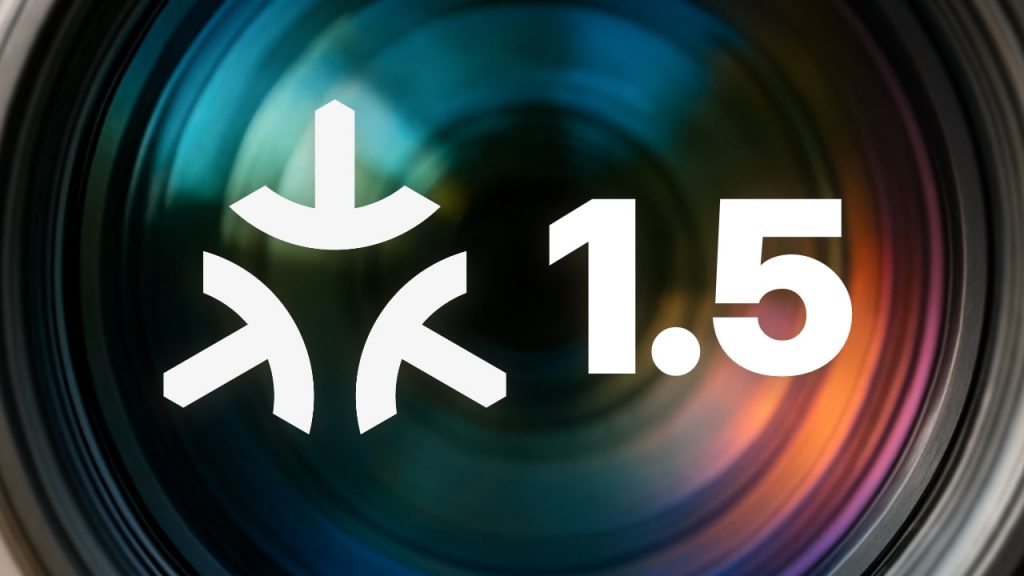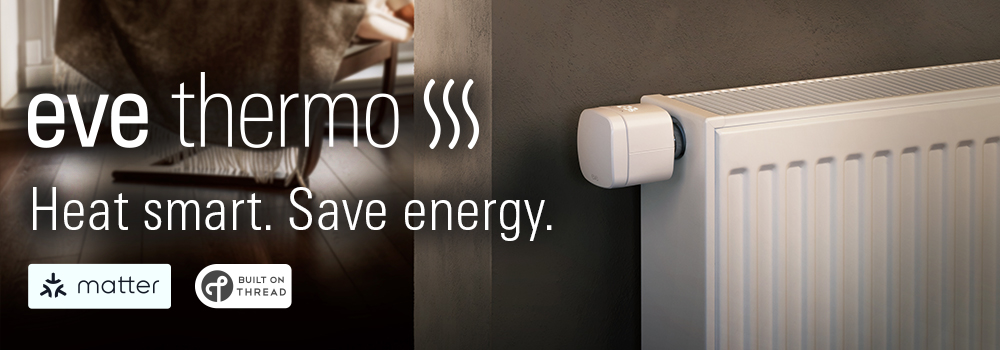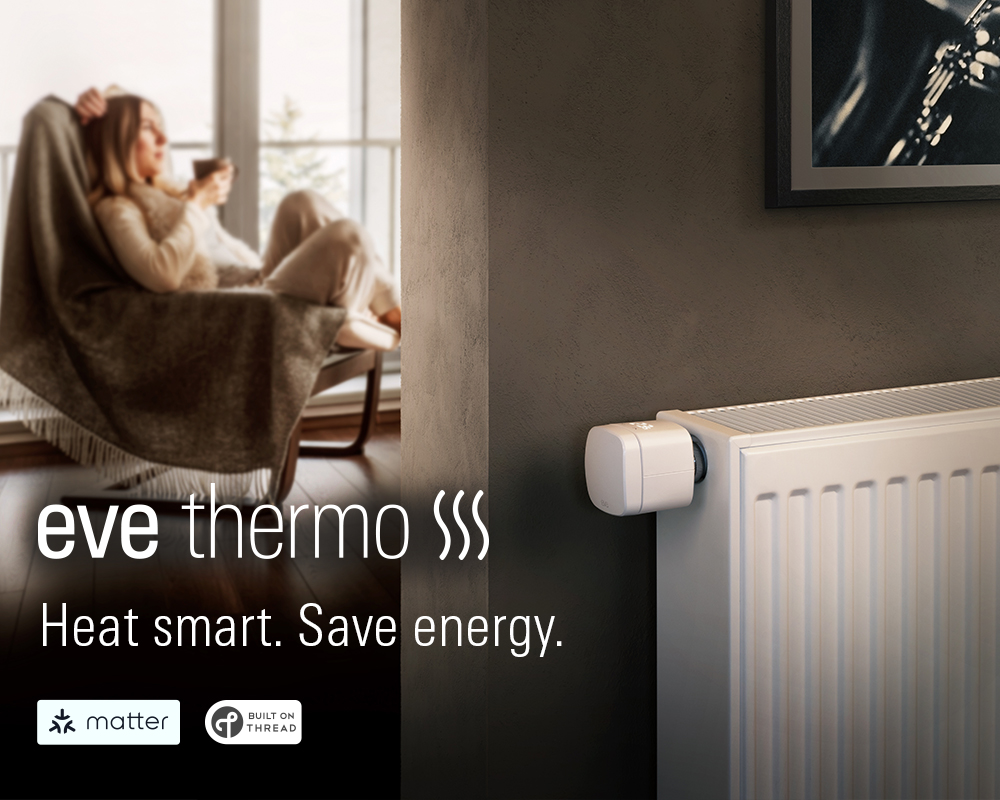Many users of the Matter standard have been waiting for this: Version 1.5 of the specifications adds cameras as a new device type. Manufacturers can now build surveillance cameras whose footage works across different ecosystems – another step towards greater standardization in the smart home. The Connectivity Standards Alliance (CSA) outlines initial details in a new blog post on the release of Matter 1.5 (link).
Standardized Camera Transmission in Matter
Unlike conventional camera integrations, which often require individual adjustments and application programming interfaces (APIs), Matter uses an open standard. Transmission is based on WebRTC (Web Real-Time Communication, link), a technology for the encrypted transmission of audio and video data streams.
WebRTC was adopted in 2021 by the World Wide Web Consortium (W3C) and the Internet Engineering Task Force (IETF). The technology is used on video conferencing platforms such as Zoom, Google Meet, and Microsoft Teams, among others. Current browsers, including Chrome, Edge, Firefox, and Safari, also support it. According to the CSA, Matter 1.5 combines the method with other standardized protocols to enable cross-vendor remote control of cameras.
Among other things, the specification provides for changing the focal length (zooming), panning and tilting, as well as image areas that are excluded from surveillance in order to protect privacy. Matter 1.5 also supports two recording modes: continuous video and event-based clips, meaning footage is captured only when needed. Multi-stream setups are also part of the standard.

The CSA article names the home network as a storage target, which aligns with Matter’s local-first approach. However, manufacturers can also transfer recordings to servers on the Internet. This makes cameras the first Matter devices to enable direct cloud uploads. According to the article, the aim is not to restrict companies’ ability to innovate. “We designed cameras this way since they often need analysis in the cloud. Some ecosystems perform analysis in their hubs, and some do it in the cloud. Matter cameras fully support both models,” adds Christopher LaPré, Technology Strategist at CSA.
Apart from that, it is up to camera manufacturers to decide whether they will follow Eve Systems‘ example and refrain from collecting personal data. Or whether they will create user accounts with their customers’ email addresses to offer additional services, such as a video archive. There is also nothing to prevent the parallel use of multiple platforms: “Matter cameras fully support Multi-Admin and will allow for multiple ecosystems to simultaneously consume the same video stream from a camera, if the customer has enough bandwidth to support this,” LaPré told matter-smarthome.
First Matter Cameras Expected in the First Half of 2026
It will take a few months for the new specifications to take effect. Manufacturer TP-Link was involved in internal CSA testing with camera models, but did not provide any further statements when asked at short notice. Xthings will support Matter 1.5 with upcoming models from its Ulticam product line (link). “Including the Ulticam IQ V2, which combines the Connectivity Standards Alliance’s secure foundation with our AI intelligence,” said Ray Sunder, Product Management Leader, Xthings. Another brand of the company, Utec (link), has already announced two affordable cameras and a video doorbell on its website (picture below).
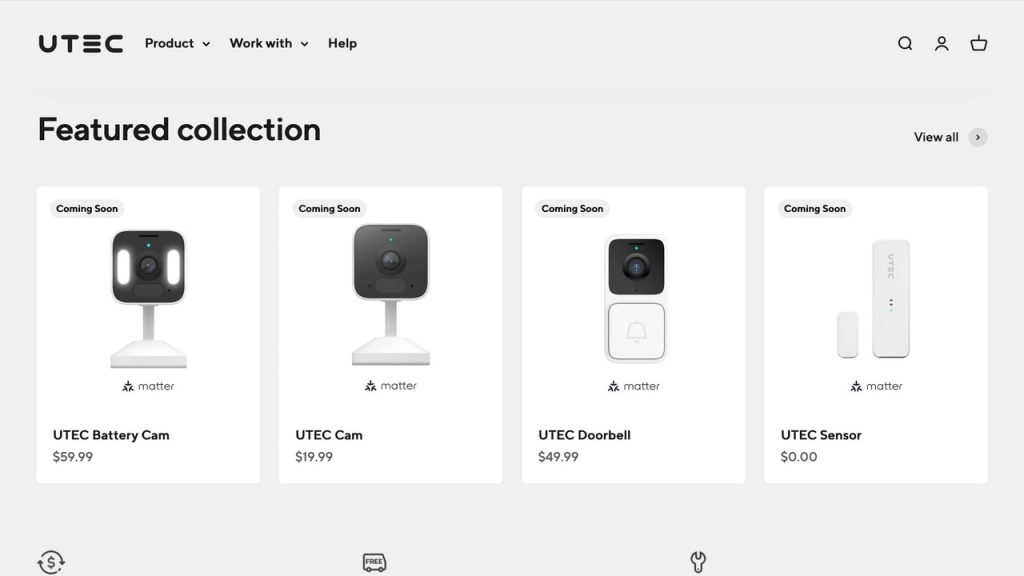
Aqara (link) is also on board: “We’re happy to share that Aqara’s first Matter camera is expected to be released in H1 2026,” said Cathy You, Senior Vice President of Global Business and Strategy, when asked. “We’re also planning to roll out Matter support for some of our existing cameras.” Eve Systems (link) welcomes the new product category as “a shining moment for the standard and a prime example of collaboration within the CSA.” At the same time, the ABB subsidiary announced an expansion of its existing portfolio to include Matter-enabled cameras but did not specify a date. The previous Eve Cam supports Apple’s HomeKit Secure Video standard. An expansion to other platforms therefore makes perfect sense for the Matter pioneer from Munich.
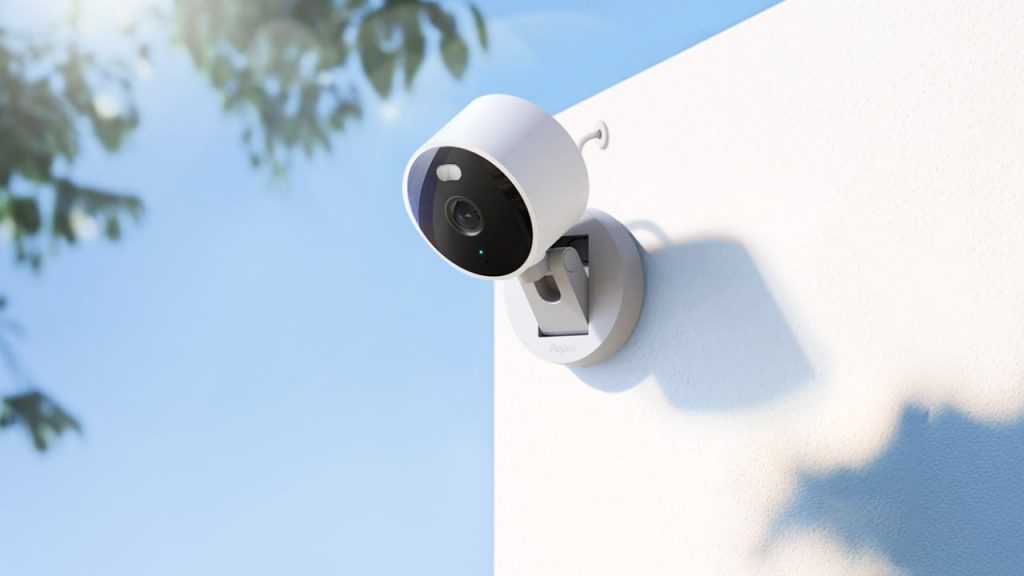
All major Matter ecosystems, from Apple Home to SmartThings, already support cameras – either free of charge or as part of a subscription with advanced features (Apple HomeKit Secure Video, Google Home Premium). It remains to be seen when the platforms will open up their streaming capabilities to Matter cameras. To do so, they also have to implement the relevant specifications from Matter 1.5, which, based on experience, will take some time.
More Energy Management in Matter 1.5
The eighth Matter release also expands the options for controlling and transferring energy data. There is a new category for electricity tariffs (“Electrical Energy Tariff”) that allows energy prices and CO₂ data to be exchanged. Grid operators, utilities and devices can communicate via this category to optimize operating times. This is an important function, because with a growing share of renewable energies in the electricity mix, energy management within one’s own four walls is no longer sufficient. The power grid, dynamic tariffs, and regulatory requirements must be included in the calculation.
Matter 1.5 aims to do just that with information on kilowatt prices, consumption forecasts, and CO₂ emissions. Support for smart electricity meters has also been improved. And for the first time, bidirectional charging of electric cars can be certified. In this mode, the battery in an electric vehicle not only draws electricity but also releases it when needed – for example, to supply a home (Vehicle-to-Home, V2H) or to feed power back into the public grid (Vehicle-to-Grid, V2G). In some countries, such as France and Japan, this approach is already in use, while others, including Germany, are close to implementing it.
Further Enhancements to the Smart Home Standard
Matter 1.5 also represents progress for manufacturers of window and door solutions. Until now, there were only two types of “closures” in the standard: door locks and window coverings. A product such as Siegenia’s lockable window handle therefore uses the software cluster for smart locks and appears as a door lock in connected ecosystems. For the same reason, Matter-compatible awnings or garage door drives must be classified as roller shutters.
In the new specifications, this restriction has been removed and replaced by a new, modular cluster design. Developers can now combine different types of movement and configurations: sliding, turning, or opening are provided for, as are single or double panels and nested mechanisms. This will enable Matter to cover a wide range of devices, from blinds and curtains to awnings, gates, and garage doors, explains the CSA.
Soil sensors for water management have been added as well. Together with valves – part of the standard since Matter 1.3 – they form the basis for smart garden and plant irrigation. The sensors measure moisture and, optionally, temperature. A connected ecosystem can use this data to automate watering plants or irrigating a lawn. Nothing is known about specific devices yet. But Grimsholm, the Swedish specialist for garden and forestry equipment (link), has stated that it plans to introduce a Matter-enabled product soon.

Share this information:
